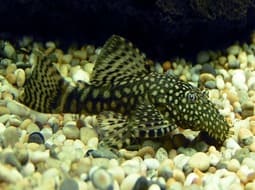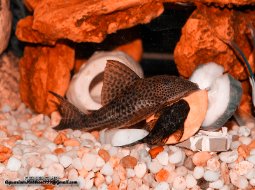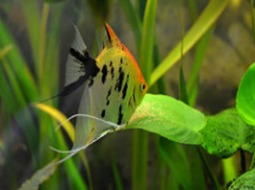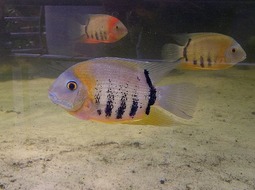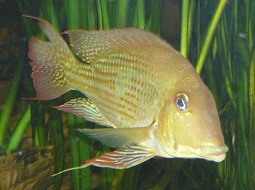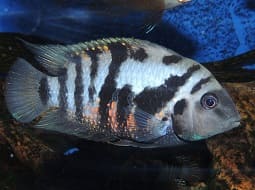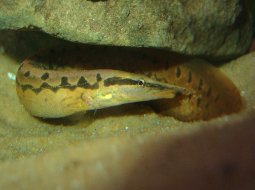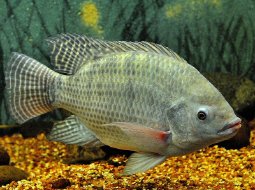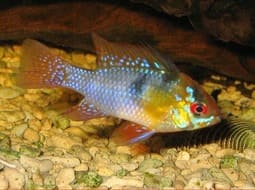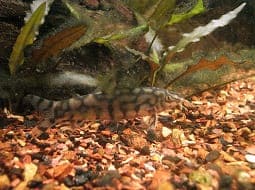
Loading Aqualapp ...
Care and Compatibility of Black Ghost Knife Fish - Apteronotus albifrons
Introduction
The Apteronotus albifrons is a freshwater fish native to South America, particularly the Amazon River basin. It has a long and slender body, resembling a leaf or knife, hence its common name. Its coloration ranges from dark gray to black, and it has a long anal fin that extends from the tail to the lower part of the body. It also has a distinctive white line along the margin of the caudal fin. It can reach a size of approximately 30-40 centimeters in captivity.
Behavior
The Apteronotus albifrons, also known as the Black Ghost Knife Fish or Knife Fish, is an interesting species of electric fish. It is known for its ability to generate weak electric discharges to communicate, explore its environment, and defend itself. This fish is primarily nocturnal and has low activity during the day, spending most of its time searching for food or resting in hiding spots. It is a solitary and territorial fish, so it is recommended to keep it in aquariums with few tankmates and provide suitable hiding spots.
Sexual Dimorphism
Sexual dimorphism in Apteronotus albifrons is minimal and difficult to distinguish. Both males and females have a similar appearance.
Reproduction
Breeding the Black Ghost Knife Fish in captivity is challenging to achieve. It is an egg-laying fish, and the males are responsible for building nests to deposit the eggs. After spawning, the parents do not provide parental care and may consume the eggs. To increase the chances of successful breeding, it is recommended to provide them with suitable water conditions, such as slightly acidic and soft water, and slightly elevated temperature. It is also important to provide them with suitable hiding spots to protect the eggs and fry.
Aquarium Conditions
Apteronotus albifrons, commonly known as black ghost knifefish, requires a spacious aquarium with shelters and hiding spots. It prefers soft and slightly acidic water. Aquarium décor should include driftwood, roots, and hardy plants. Maintaining water quality is crucial and providing a varied diet.
Feeding
The Black Ghost Knife Fish is carnivorous and primarily feeds on small invertebrates and insect larvae in its natural habitat. In the aquarium, it will accept live or frozen foods such as brine shrimp, daphnia, mosquito larvae, and small fish. It can also be offered high-quality dry foods and pellets specifically formulated for carnivorous fish. It is recommended to feed them small portions multiple times a day to meet their nutritional needs and prevent overfeeding.
Complexity
Caring for Apteronotus albifrons can be moderately challenging. They are nocturnal fish that prefer a dark aquarium with low light. They are sensitive to water quality and require effective filtration and regular water changes. They are carnivorous and require a diet rich in protein.
In case you need more help, or if you want to know into any topic related to the Apteronotus albifrons (Black Ghost Knife Fish) and even any other species you can use the forums to ask what you need.
To do an analysis more detailed about coexistence and behavior of Apteronotus albifrons (Black Ghost Knife Fish) use the Aquarium simulation tool, if you do this you can test different ways to combine the Black Ghost Knife Fish with other fishes giving the dimensions and space on you aquarium, on this way you can known the optimal configuration for keep the fishes that you want.
You can also find out the 31 species compatible with the Apteronotus albifrons (Black Ghost Knife Fish) can live together.
Note: The parameters of the water such as PH and temperature are also used to calculate the compatibility of the species.
Compatible species (31)
Compatible (3 Species)
Compatible without any restriction
Similar Sizes (4 Species)
Estos peces son compatibles si son de un tamaño similar, ninguno depreda sobre el otro y viven en distintas zonas del acuario
They can coexist if they are the same size or very similar sizes, it does not work in all cases, there may be exceptions.
With Reservation (7 Species)
Compatible in some cases, it depends on the nature and personality of the fish.
Las especies territoriales por lo general pueden convivir con especies protegidas con coraza, ya que no pueden hacerles daño por su dura piel, lo que si hay que tener en cuenta es tener un acuario con dimensiones favorables para que cada pez pueda delimitar un territorio, ya que la mayoría de peces acorazados son también peces de fondo y les gusta estar buscando lugares donde ocultarse.
Showdown over territory (9 Species)
Fish can live together as long as the space is spacious enough to delimit a territory, otherwise there may be aggressions for competing for the territory.
Compatible if space is enough (8 Species)
They can coexist together if the aquarium they share is large and spacious enough for both species to feel good, as some fish may attack others to feel that they have little space and try to eliminate the competition.
La morena de agua dulce es pacífica siempre y cuando tenga el espacio suficiente y los ramirezi no sean muy pequeños
El pez morena de agua dulce es pacífico, sin embargo, es un depredador, por lo cual se recomienda que si se van a juntar sea cuando las Botias ya sean de un tamaño que no le quepa en la boca a la morena
Black Ghost Knife Fish
Apteronotus albifrons
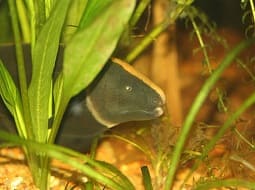
- Ph: 6.5 - 7
- Temperature (c°): 23 - 28
- Measures: 30 cm - 40cm
- Aquarium Capacity:
200 Liters - 53 Gallons - Alimentación: Carnivores
- Colores: Black, White
- Comportamiento: Likes to take refuge, Night, Peaceful, Territorial, Territorial with its species
- Habitad: American
- Preferencias del Acuario: Logs, Natural plants, Rocks
- Tamaño: Very Big
- Taxonomía: Fish
- Tipo de Agua: Sweet water, Tropical waters
- Velocidad de nado o movimiento: Normal
- Zona de Nado: Aquarium background

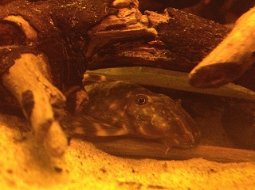
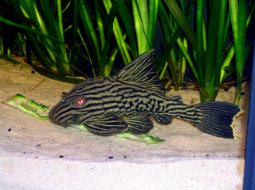
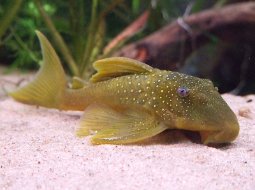
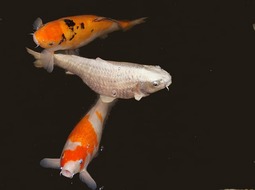
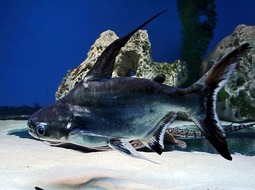
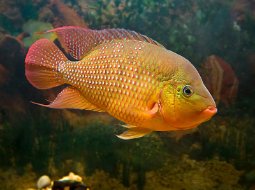
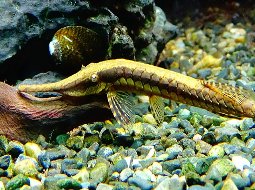
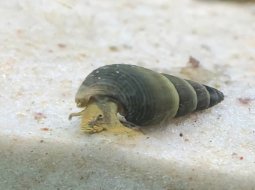
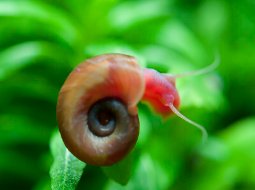
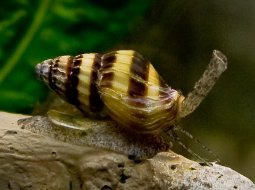
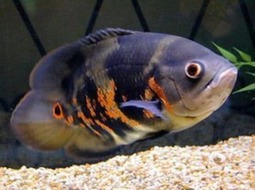
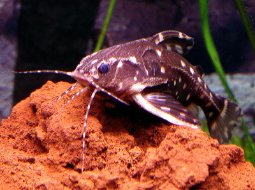
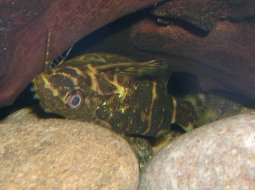
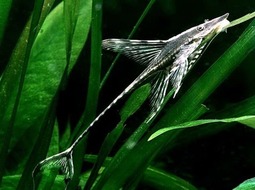
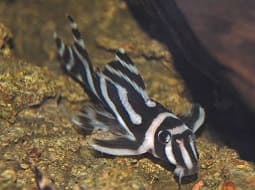
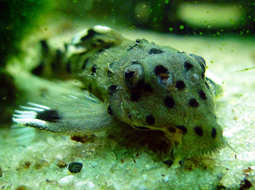
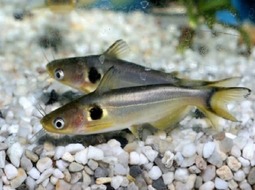
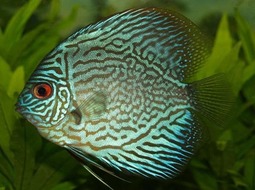
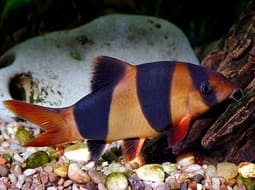
.jpg)
